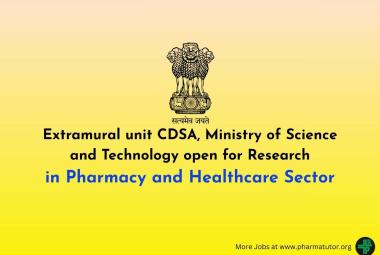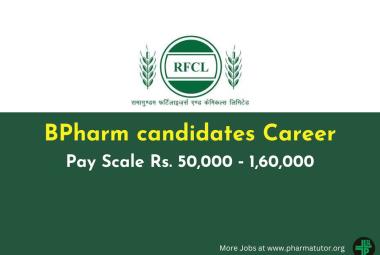Protein-protein surface interactions: Constrains of homologous versus heterogeneous domains
{ DOWNLOAD AS PDF }
ABOUT AUHTOR
Nitisha Bhandari*, Akanksha Bhandari
Shri Guru Ram Rai Institute of Technology and Science, Patel Nagar,
Dehradun 2Graphic Era University, Dehradun, India
*nitishabhandari89@gmail.com
ABSTRACT
Interactions of proteins could be resulted from homodimerisation or heterodimerisation. But these are quite specific and always selective in nature and act onlyon particular set of class of proteins, which provide substantial target behaviour to a drug designer. Here in this paper, provided a commentary based review compiling the short notes information provided on protein proteins interactions, by “Catherine Royer”



 ABOUT AUTHORS:
ABOUT AUTHORS: ABOUT AUTHORS:
ABOUT AUTHORS:  ABOUT AUTHORS:
ABOUT AUTHORS:





